




Thursday, April 4, 2024 at 7:30 p.m.
Hugh Hodgson Concert Hall
UGA Performing Arts Center
University of Georgia Symphony Orchestra
Mark Cedel, conductor
Nicholas Han, assistant conductor
Carnival Concert Overture Op. 92, B. 169
Suite in A major Op. 98b, B. 190 “American”
Andante con moto
Allegro
Moderato (alla Pollacca)
Andante
Allegro
INTERMISSION PROGRAM
Symphony No. 9 in E minor, “From the New World”, Op. 95, B. 178
Adagio – Allegro molto
Largo
Molto vivace
Allegro con fuoco
Czech composer Antonín Dvořák was born in 1841 and lived until 1904. Dvořák is widely recognized as one of the most influential symphonists of the 19th century, particularly credited for absorbing and incorporating folk music into the standard orchestral tradition. From a young age, his major influences were Brahms, Tchaikovsky, Debussy, and others. This was an exciting era, rooted in robust artistic and societal traditions.
Dvořák began his musical journey from a young age, starting with the violin. He submitted his works to Austrian and German competitions. Upon his third submission to the Austrian State Competition in 1874, he was recognized by Johannes Brahms, who served on the jury. In 1877, Brahms recommended Dvořák to his publisher, Simrock, where Brahms commissioned Dvořák to compose the Slavonic Dances Op. 46.
In 1892, Dvořák relocated to the United States to become the Director of the National Conservatory of Music of America in New York City. During his time in the United States, he composed some of his most popular works; Symphony No. 9 in E Minor, “From the New World”, which spread his reputation worldwide, his Cello Concerto, which became one of the standards in the cello repertoire, and his String Quartet, Op. 96, the “American”. While he remained at the Conservatory, pay cuts and an onset of homesickness led him to return to Bohemia in 1895. Dvořák was to die from a heart attack on May 1st, 1904, leaving many unfinished works.
Scored for: two flutes, piccolo, two oboe, English horn, two clarinets, two bassoons, four horns, two trumpets, three trombones, tuba, timpani, percussion, harp, strings.
The Carnival Overture was written in 1891, by which time Dvořák was among central Europe’s most respected composers, and the year before he began a two-year appointment in America as Director of the National Conservatory. The Carnival Overture was the second of a set of concert overtures intended to portray impressions of what a human soul might experience, in both positive and negative aspects. Nature, Life, and Love was his original name for the set, which was to be published under the single opus number 91. Later appeared in print as three separate pieces: In Nature’s Realm Op. 91, Carnival Op. 92, and Othello Op. 93. It is in that form that the pieces were presented. The three works were premiered together in Prague in the Spring of 1892. Carnival was played again six months later in Carnegie Hall with the composer in the audience.
The overture is full of bombastic characters, noisy crowds, vendors, and barkers. In the middle of this overture, Dvořák introduces us a pair of straying lovers. He describes them as, “The lonely, contemplative wanderer reaches the city at nightfall, where a carnival is in full swing. On every side is heard the clangor of instruments, mingled with shouts of joy and the unrestrained hilarity of people giving vent to their feelings
in their songs and dance tunes.” The opening’s syncopated rhythmic motive brings us into an atmosphere of dancing and shouting. The contrasting middle section portrays the straying lovers with a tender and warm interlude from the English horn and flute, backed by shimmering strings.
Scored for two flutes, piccolo, two oboe, English horn, two clarinets, two bassoons, contrabassoon, four horns, two trumpets, three trombones, tuba, timpani, percussion, strings.
Dvořák initially wrote the American Suite for piano during his time in New York, between February 19 and March 1, 1894. He orchestrated the work more than a year after his return from the United States. The work wasn’t published until 1911, seven years after his death. Although it is heavily influenced by Dvořák’s European background, the melodies and rhythms are tied to his other “American” works. Each of the five movements are dance-inspired, and seems designed to be cyclical, connecting the outer movements.
The work itself uses much simpler thematic materials than his other “American” pieces. Unlike his 9th Symphony, it’s not quite clear whether Dvořák’s themes come from the typical folk music of his surroundings as he experiences it, or from the music of his homeland. But there are some similarities between the two. Dvořák draws from lush melodies and pastoral-like themes. Its rhythmic patterns are straightforward and the harmonic progressions are simple. The melodies reach out of their basic key signatures towards pentatonic tones, modal colors, and subtle movement between major and minor. The third movement in particular has ties to the Slavic tradition. The rhythm stems from one of Dvořák’s popular works, Humoresque.
Symphony No. 9 in E Minor, opus 95, “From the New World” (40’) Scored for: two flutes with piccolo, two oboes, English horn, two clarinets, two bassoons, four horns, two trumpets, three trombones, tuba, timpani, percussion, strings.
Because of his reputation as a great symphonist, he was invited to teach at the Conservatory in New York. The 9th Symphony was the first in a series of important works Dvořák was to compose while in America. Dvořák remarked: “The Americans expect great things of me. I am to show them the way into the Promised Land, the realm of a new, independent art, in short a national style of music!” Dvořák’s recommendation to American composers was to look to African-American spirituals and Native American songs for inspiration.
Because America was a big melting pot, full of culture and music, Dvořák had indeed been influenced by his surroundings. The first movement opens with a mournful Adagio introduction that builds to an Allegro molto, initiated by the horns. We hear Dvořák’s “Germanic” roots with the theme being developed between and among other movements. Adding onto some of Dvořák’s influences with American culture, the
first movement’s second theme, played by the flute, bears some resemblance to the spiritual “Swing Low, Sweet Chariot.”
In the second movement, we start off with a warm brass chorale, and the famous English horn solo. This melody in the English horn was thought to be an actual spiritual titled “Goin’ Home”. After Dvořák’s death, William Arms Firsher, one of Dvořák’s students, took the tune and provided the words and named it “Goin’ Home.” Dvořák noted that the second movement, Largo, “is in reality a study or a sketch for a longer work and which will be based upon Longfellow’s Hiawatha.”
Dvořák further acknowledged the influence of Longfellow in his 3rd movement, which also resembles the scherzo from Beethoven’s 9th symphony. “It was suggested by the scene at the feast in Hiawatha where the Indians dance, and is also an essay I made in the direction of imparting the local color of Indian character to music.” The last movement is the culmination of themes from the previous movements, giving a cyclic texture and its grand conclusion with dynamic energy.

In addition to our primary Support and Scholarship Funds, many specialized areas of interest, including our Orchestra program, have support and scholarship funds you can contribute to directly. You can now learn more about all the ways and areas you can support the Hugh Hodgson School of Music. Scan the QR code or visit music.uga.edu/giving-andalumni to the support the Hugh Hodgson School of Music area of your choice.
For large gifts or concert underwriting, please contact Melissa Roberts at: 706-254-2111 or roberts@uga.edu
Carlos Brena, concertmaster
Molly Schneider, assistant concertmaster
Alexis Boylan
Jhonni Campos
Lyu Lian
Zeyu Yuan
Sarah Nienhiser
André Araújo de Souza
Sean Smith
Brian Roach
Adelmo Giménez
Lucas Nyman
Alicia Li
Ellis Kim
Simms Murray
Sarah Ling
Clarissa Tamara, principal
Sage Codispoti, assistant principal
Chelsea Afful
Kiera Johnson
Nicholas Olmstead
Shazan Samnani
Rebekah Kim
Rea Aiyer
Lauren McClary
Andreea Barca
Ranjani Vasudevan
Jen Edwards
Athziri Moreno-Martinez
Gianna DiMuzio
Eileen Chong
Mark Cedel, Conductor
Nicholas Han, Assistant Conductor
VIOLA
Bryan Johnson, principal
Nina Nagarajan, assistant principal
Kailey Ford, assistant principal
Jensi Perng
Anna Murphy
Jodie Stone
Mason Minutella
Daniel Boscan
Ashley Belcher
Clinton Stempien
Libby Zavadil
Seneca Fisher
CELLO
Zachary Helms, principal
Gabriella McClellan, assistant principal
Thomas LaMon
Joshua Aderhold
Ian Koontz
Tristan Dempsey
Olivia Durrence
Charlton Hills
William Slater
Kemp McArthur
BASS
Daniel Pina, principal
Bianca Wilson, associate principal
Wueliton Zanelatto
Dal Pont, assistant principal
Austin Carter
Ricardo Karelisky
Jordan Askew
Madeleine Bower
Victor V. Costa
FLUTE
Yinzi Zhou, principal
Dylan Abbott
Rachel Lee, piccolo
OBOE
Marissa Ankeny, principal
Gracee Myers
Xander Herman
Brenna Sexton
CLARINET
Sarah Christi, co-principal
Tan Charintranount, co-principal
BASSOON
JT Holdbrooks, principal
Caleb Jackson
Hsin Cheng, contra HORN
Anthony Parrish, principal
Joshua Wood
Marianna Schwark
Gracie Gambrell
Charles Dunn
TRUMPET
Victor Antanazio Pires, principal
Ramon Zamudio
Jake Landau
Toby Johnson
TROMBONE
Danny Alford, principal
Benjamin Novo, assistant principal
Eli Boudreaux
Elizabeth Toles, bass trombone
TUBA
Hunter Kane
PERCUSSION
Patrick Sorah, principal
Euan Maley
William Collins
Thomas Huff
HARP
Isabel Hardy
LIBRARIAN
Molly Schneider
PERSONNEL and PRODUCTION
Ricardo Karelisky Deho
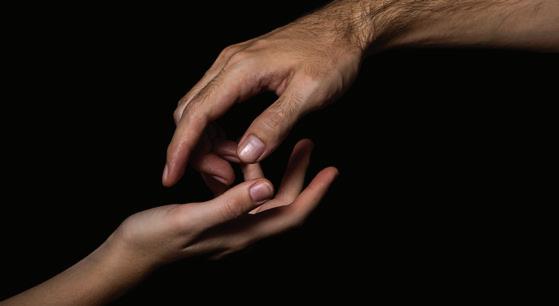
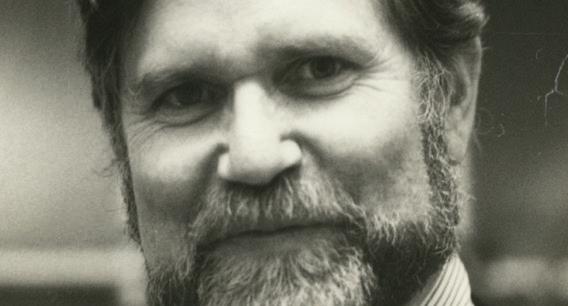
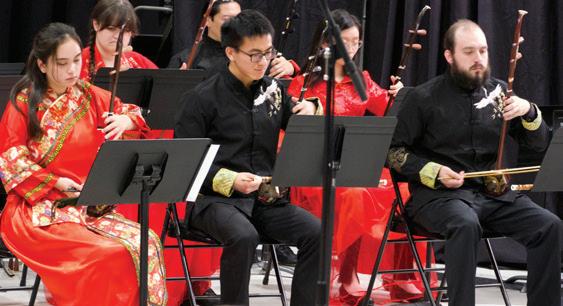


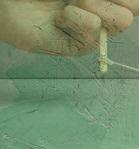





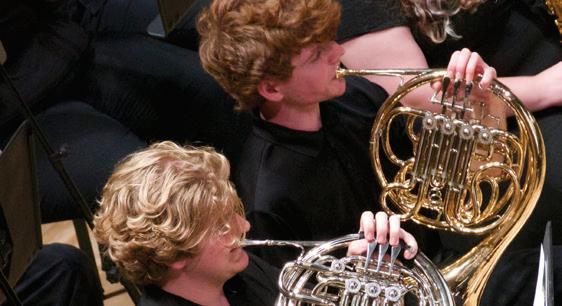
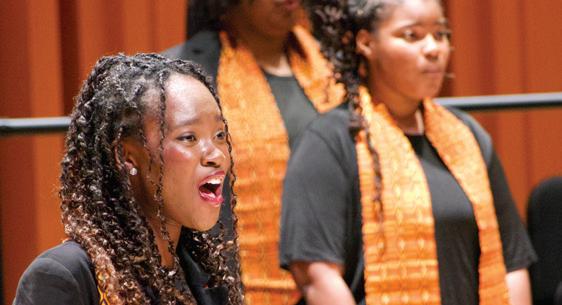

FRI 4/5
7:30 p.m.
Ramsey Hall, UGA PAC
FREE CONCERT NO TICKETS REQUIRED
MON 4/8
7:30 p.m.
Hodgson Hall, UGA PAC
FREE CONCERT NO TICKETS REQUIRED
WED 4/10
7:30 p.m.
Hodgson Hall, UGA PAC
FREE CONCERT NO TICKETS REQUIRED
MON 4/15
7:30 p.m.
Ramsey Hall, UGA PAC
FREE CONCERT NO TICKETS REQUIRED
WED 4/17
7:30 p.m.
Hodgson Hall, UGA PAC
FREE CONCERT NO TICKETS REQUIRED
THURS 4/18
7:30 p.m.
Hodgson Hall, UGA PAC
FREE CONCERT NO TICKETS REQUIRED
WED 4/24
7:30 p.m.
Ramsey Hall, UGA PAC
FREE CONCERT NO TICKETS REQUIRED
LATIN AMERICAN MUSIC ENSEMBLE presents “Años de soledad”
This ensemble, conducted by Iris Marcipar, will feature music from the northwest parts of Argentina that speak to a yearning for connection.
VIOLIN
DON GILLESPIE MEMORIAL CONCERT Contemporary Chamber Ensemble
This concert celebrates the life of UGA HHSOM Alum Don C. Gillespie, who worked for music publisher C. F. Peters for 31 years and championed 20th Century composers.
CHINESE MUSIC ENSEMBLE
“Highnotes and Hijinks”
VIOLIN
Featuring guest artists Spring Yang, Huang Rong Fu, and Ying Chen as well instruments such as the erhu, guzheng, pipa, and the yangqin. Conducted by Vicki Lu.
An evening of opera scenes
MICHAEL MICHAEL MICHAEL MICHAEL
UGA OPERA THEATRE PRESENTS
A collection of opera and operetta scenes including Donizetti, Gilbert & Sullivan, and more.
SHARED CONCERT
Wind Symphony Symphonic Band
MICHAEL
AFRICAN AMERICAN CHORAL ENSEMBLE
MICHAEL
Celebrating 53 years of the ensemble and 35 years conducted by Gregory Broughton.
UGA MIDDLE EAST MUSIC ENSEMBLE
MICHAEL HEALD HEALD HEALD HEALD HEALD HEALD HEALD
With Special Guest Ali Jihad Racy, Professor of Ethnomusicology at UCLA from 1978 to 2021
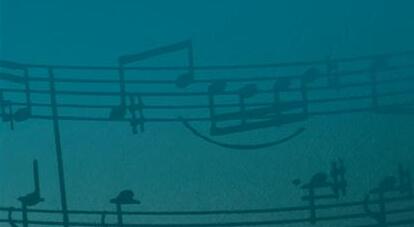


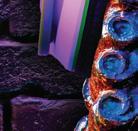





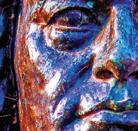


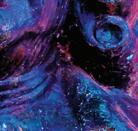







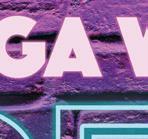


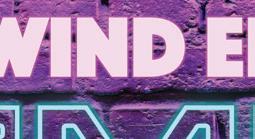



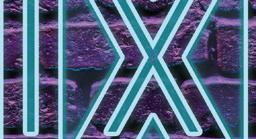










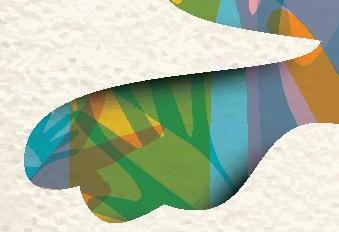






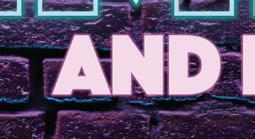

TUESDAY, APRIL 23 at 7:30 p.m.





university of georgia symphony orchestra and combined choirs over 300 student musicians grant us peace ralph vaughan williams composed by
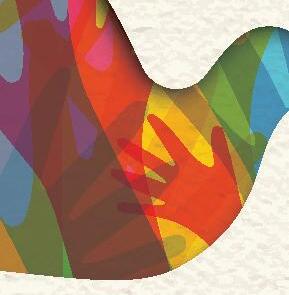

friday, april 26 at 7:30 p.m.
hodgson concert hall
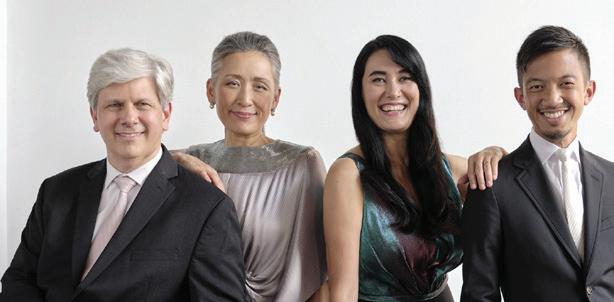

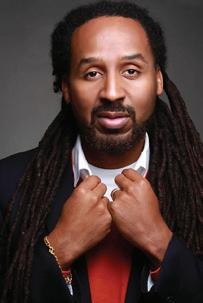
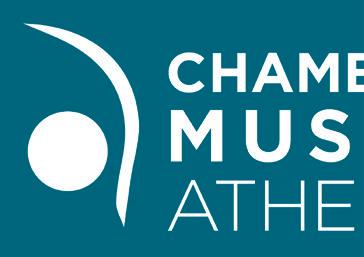
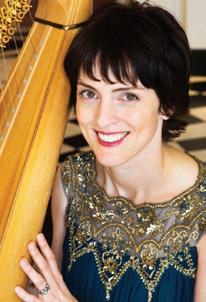


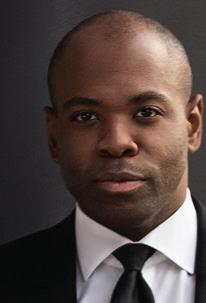
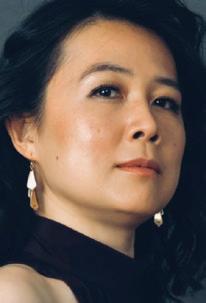
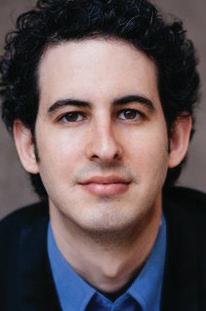
Internationally acclaimed guest musicians join UGA Faculty, students, and the Athens Hip Hop Harmonic for a series of six concerts in venues throughout Athens. Visit chambermusicathens.com for details and tickets!